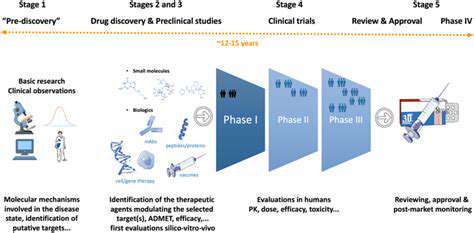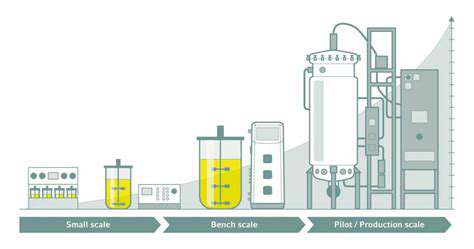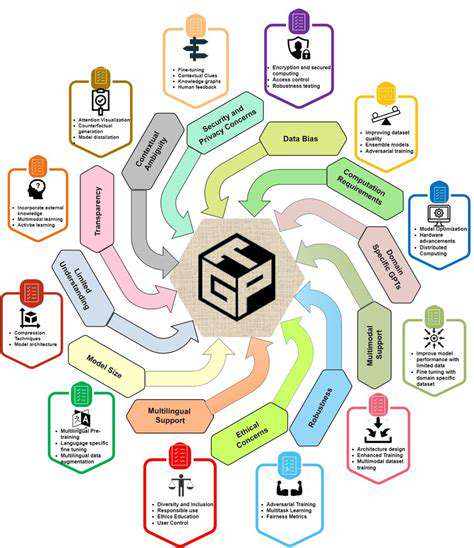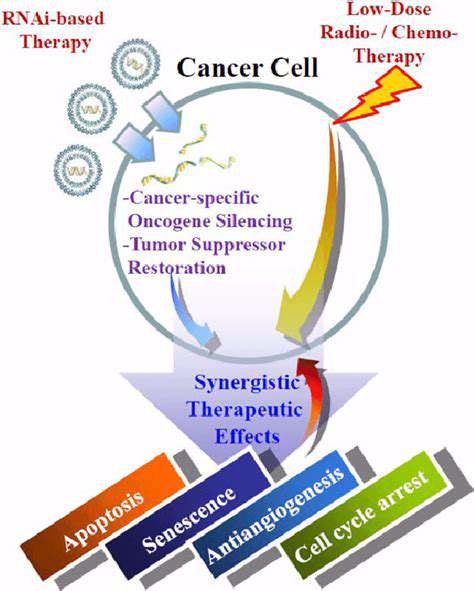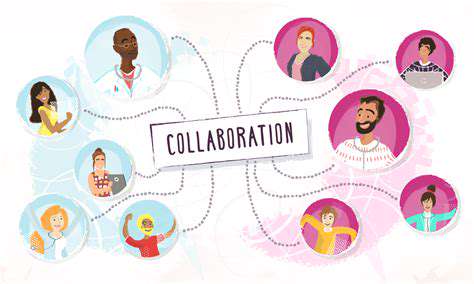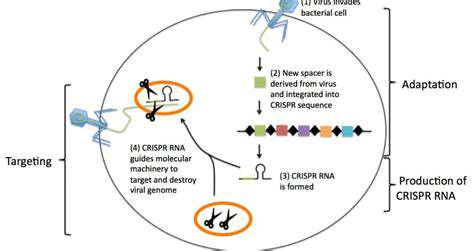The precision of CRISPR-Cas9 stems from its ability to target a specific DNA sequence with high accuracy. This is achieved through a guide RNA (gRNA) that recognizes and binds to the target DNA sequence, guiding the Cas9 enzyme to the precise location. The Cas9 enzyme then acts as molecular scissors, cutting the DNA at the target site, allowing for the insertion, deletion, or modification of the DNA sequence. This ability to precisely edit genes is a significant advancement over traditional gene therapy methods.
Applications of CRISPR-Cas9 in Cell Therapy
CRISPR-Cas9 technology holds immense promise for cell therapy applications. Researchers can use this tool to engineer cells with specific characteristics, such as enhanced functionality, disease resistance, or improved therapeutic properties. This precision allows for the development of more effective and personalized therapies for various diseases, including genetic disorders, cancers, and immune deficiencies. The ability to modify cells in a controlled manner is critical to the development of safe and efficacious cell therapies.
Engineering Immune Cells with CRISPR-Cas9
One of the most exciting applications of CRISPR-Cas9 in cell therapy is the engineering of immune cells, such as T cells, to enhance their ability to target and destroy cancer cells. By using CRISPR-Cas9, researchers can modify T cells to express new receptors or modify their sensitivity to specific antigens, thereby improving their anti-tumor activity. This targeted approach to cancer treatment offers a promising avenue for personalized and effective cancer therapies.
Challenges and Considerations in CRISPR-Cas9 Cell Therapy
Despite the immense potential, there are challenges associated with CRISPR-Cas9 technology in cell therapy. Off-target effects, where the CRISPR-Cas9 system modifies unintended DNA sequences, remain a significant concern. Furthermore, ensuring the safety and efficacy of CRISPR-modified cells in a clinical setting requires rigorous testing and validation. Delivery methods for CRISPR components to target cells also pose a challenge.
Ethical Implications and Regulatory Landscape
The use of CRISPR-Cas9 technology in cell therapy raises important ethical considerations. The potential for misuse and the long-term consequences of modifying the human genome must be carefully evaluated. Strict regulatory frameworks are necessary to ensure that CRISPR-based therapies are developed and implemented responsibly, minimizing potential risks and maximizing benefits for patients.
Future Directions and Advancements
Future research in CRISPR-Cas9 cell therapy will likely focus on improving the precision and efficiency of gene editing, reducing off-target effects, and developing more sophisticated delivery systems. Advancements in understanding the intricacies of the immune response to CRISPR-modified cells will also be critical. This ongoing research and development will pave the way for more effective and personalized cell therapies, revolutionizing the treatment of various diseases in the years to come.
Precise Gene Editing for Cell Engineering
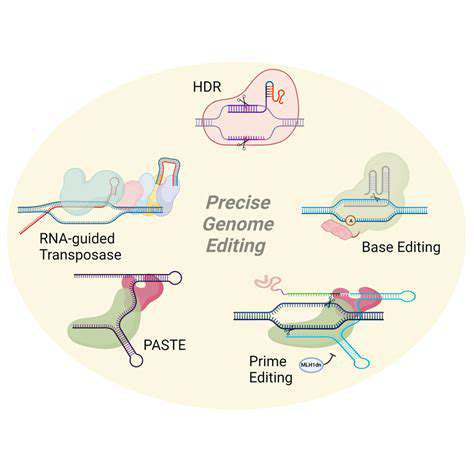
Precise Gene Editing Techniques
Gene editing technologies, particularly CRISPR-Cas9, have revolutionized the field of cell engineering. These powerful tools allow scientists to precisely target and modify DNA sequences within cells, opening doors to a wide range of applications. This precision is crucial for avoiding unintended consequences and maximizing the effectiveness of the engineered cells. The ability to manipulate genes with such accuracy is a significant advancement, enabling researchers to achieve specific outcomes in a controlled manner.
Various gene editing techniques are currently available, each with its own strengths and weaknesses. Understanding the nuances of these methods is essential for selecting the appropriate approach for a particular cell engineering project. This knowledge is paramount for ensuring that the desired outcome is achieved without compromising the integrity of the cell's genetic material.
CRISPR-Cas9: A Versatile Tool
CRISPR-Cas9, a revolutionary gene editing tool, is renowned for its ease of use and efficiency. This system leverages a bacterial defense mechanism to precisely target and cut DNA at specific locations. This allows for targeted gene modifications, such as insertions, deletions, or replacements. By providing researchers with a precise and efficient method for altering DNA, CRISPR-Cas9 has become an invaluable tool for cell engineering.
Applications in Cell Therapy
Precise gene editing holds immense promise for cell therapy applications. Scientists can modify cells to enhance their therapeutic potential, such as increasing their ability to target specific diseases or improve their survival and proliferation rates. This targeted approach is crucial for creating more effective and safer cell-based therapies. The ability to precisely manipulate cells opens doors for treating a wide range of diseases, including cancer, genetic disorders, and immune deficiencies.
By precisely altering the genes of immune cells, researchers can enhance their ability to recognize and destroy cancer cells. This targeted approach promises to revolutionize cancer treatment. This precision is essential for preventing off-target effects and ensuring the safety of the therapy.
Challenges and Ethical Considerations
While gene editing offers exciting possibilities, it's crucial to acknowledge the associated challenges and ethical considerations. Off-target effects, where the editing tool unintentionally modifies unintended DNA sequences, are a significant concern. Careful validation and quality control measures are essential to mitigate these risks. The potential for unintended consequences necessitates a cautious and responsible approach to the development and application of gene editing technologies.
Ethical considerations surrounding gene editing are complex and multifaceted. Discussions around germline editing, which alters genes that can be passed down to future generations, require careful consideration and public engagement. These discussions are critical for establishing responsible guidelines for the use of gene editing technologies.
Delivery Methods for Gene Editing
Efficient delivery of gene editing tools into target cells is a critical aspect of cell engineering. Different delivery methods, such as viral vectors and non-viral nanoparticles, have varying levels of efficiency and safety profiles. Researchers must carefully evaluate the appropriate delivery method based on the specific cell type and desired outcome. Optimizing the delivery process is essential for maximizing the effectiveness of gene editing in the context of cell therapy development.
Future Directions and Advancements
Future advancements in gene editing technologies are likely to focus on increasing precision, minimizing off-target effects, and improving delivery methods. Further research into novel gene editing tools and improved delivery systems will be crucial for expanding the applicability of these technologies in diverse fields, including medicine, agriculture, and biotechnology. This continuous advancement will lead to more effective and safe applications of gene editing for cell engineering, paving the way for transformative therapies in the future.
The development of more sophisticated and targeted gene editing methods will undoubtedly revolutionize cell engineering, unlocking new possibilities for treating diseases and improving human health. These advancements will be critical for the future of medicine and biotechnology.
Blended learning, a pedagogical approach that integrates online and in-person learning experiences, is rapidly gaining traction in educational settings. It leverages the strengths of both traditional classroom instruction and digital technologies to create a dynamic and engaging learning environment. This approach allows educators to tailor their instruction to meet the diverse needs of learners, fostering greater engagement and promoting deeper understanding of complex concepts. Blended learning goes beyond simply supplementing in-person lessons with online activities; it seeks to optimize the learning process by strategically combining the best aspects of both modalities.
Challenges and Future Directions

Overcoming Technological Barriers
The development of advanced technologies, while promising, often faces hurdles that impede their widespread adoption. These barriers can range from the high cost of implementation to the lack of skilled personnel to maintain and operate these systems. Addressing these challenges requires a multi-faceted approach encompassing research and development efforts, as well as targeted training programs to equip professionals with the necessary expertise.
A crucial aspect of overcoming these technological limitations is fostering collaboration between academia, industry, and government. This collaborative environment can accelerate innovation and resource sharing, ultimately leading to more efficient and cost-effective solutions.
Addressing Ethical Considerations
As technologies advance, so do the ethical considerations surrounding their use. The potential for misuse, bias, and unintended consequences requires careful consideration and proactive measures to mitigate risks. Establishing clear ethical guidelines and frameworks is essential for responsible technological advancement.
Furthermore, open dialogue and public engagement are critical to ensuring that technological advancements align with societal values and address the concerns of diverse communities. Transparency and accountability are paramount in fostering public trust and ensuring the ethical application of emerging technologies.
The need for ongoing ethical assessments and evaluations throughout the lifecycle of a technology is paramount, to proactively address and mitigate potential harms.
Ensuring Accessibility and Inclusivity
The benefits of technological advancements should be accessible to all members of society, regardless of socioeconomic status, geographic location, or individual needs. This necessitates a focus on designing systems and solutions that are inclusive and adaptable to diverse circumstances. Accessibility is not just a matter of physical access but also of digital literacy and support.
Efforts to bridge the digital divide and promote equitable access to technology are crucial for achieving a more inclusive and just society. Initiatives to educate and empower underrepresented communities to effectively participate in the digital world are vital for fostering a truly equitable and accessible technological future.
Exploring New Frontiers and Expanding Horizons
The future of technology holds immense potential for advancements in various fields, from medicine and healthcare to environmental sustainability and space exploration. New discoveries and innovations will continue to drive progress and improve human lives in profound ways.
Exploring new frontiers requires ongoing investment in research and development, the fostering of a culture of creativity and experimentation, and the encouragement of interdisciplinary collaborations. These approaches will be essential for unlocking breakthroughs and expanding the horizons of what is possible.
The need for skilled researchers and innovators to pursue new frontiers, develop cutting-edge technologies, and address global challenges is undeniable.
Investment in education and training programs will be crucial in preparing future generations for the challenges and opportunities of the rapidly evolving technological landscape.

